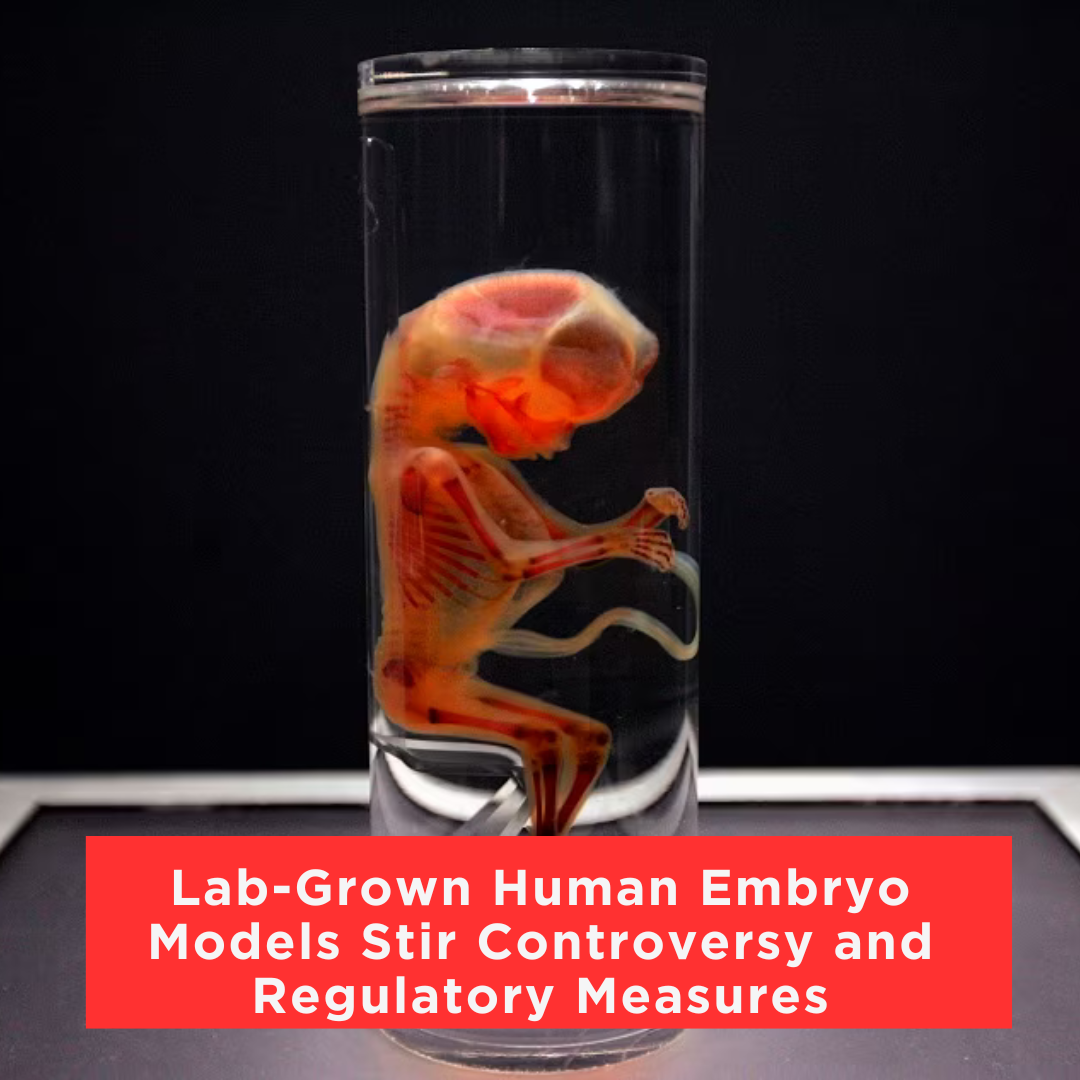Scientists have achieved a significant breakthrough by utilizing stem cells to create structures that closely resemble human embryos. This unprecedented milestone has sparked widespread calls for more stringent regulation in this rapidly advancing field.
Various research laboratories worldwide have recently published pre-print studies detailing their innovative work. However, experts advise caution, as these studies have yet to undergo the rigorous process of peer review.
One of the main reasons for the calls for regulation is the ethical implications surrounding the creation of lab-grown human embryo models. These models resemble human embryos in their structure and development, raising questions about the moral status of these entities and the extent to which they should be protected. The absence of sperm, eggs, or fertilization in the creation process further complicates the ethical considerations.
Magdalena Zernicka-Goetz of Cambridge University and the California Institute of Technology made the initial announcement during the International Society for Stem Cell Research’s annual meeting in Boston, which was subsequently reported by The Guardian newspaper. Shortly after, the team led by Jacob Hanna at the Weizmann Institute of Science in Israel published their own pre-print study, further contributing to this revolutionary research.
Emphasizing the competitive nature of the field, the Zernicka-Goetz team swiftly released their pre-print study, providing additional details. Other labs based in China and the United States followed suit, releasing their own pre-prints toward the end of the previous week. However, researchers have expressed reservations about media reports labeling these cell clusters as “synthetic embryos,” emphasizing that they are not strictly synthetic since they originate from stem cells. They argue against classifying them as embryos.
However, James Briscoe from Britain’s Francis Crick Institute urges researchers to proceed with caution, care, and transparency as this field continues to advance.








No Comments